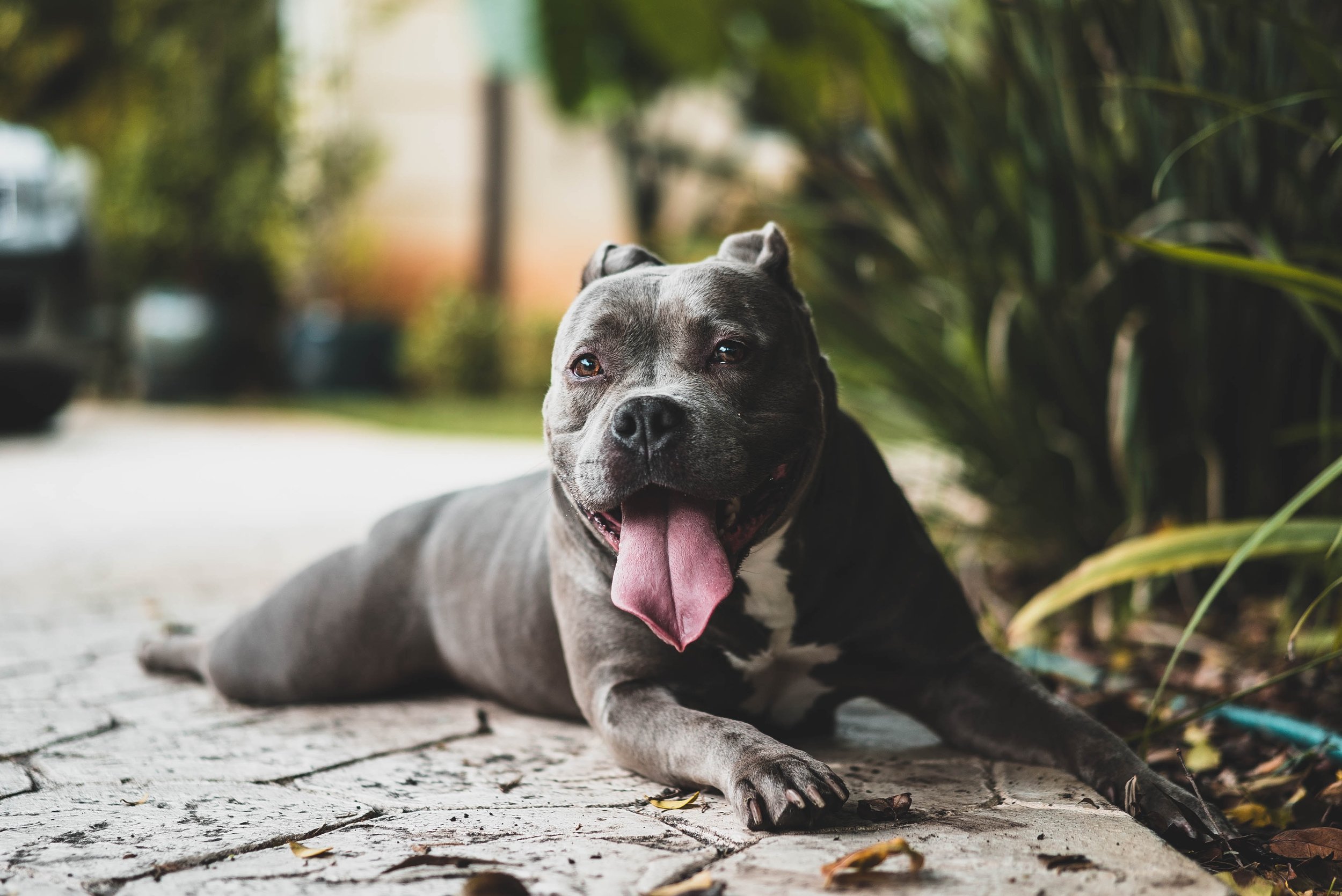IMPORTANT INFORMATION ABOUT CANINE INFECTIOUS RESPIRATORY DISEASES (CIRD)
HEALTHY DOGS AND PUPPIES HAVE A HIGH SURVIVAL RATE AFTER CONTACTING CNPNV.
CONTAGIOUS RESPIRATORY INFECTIONS ARE THE MOST COMMON CAUSE OF ILLNESS IN DOGS IN SHELTERS.
These infections represent a significant and frequent drain on shelter resources, including treatment costs, staff time, and staff morale.
Holding dogs for treatment and recovery adds to the number of animal care days until adoption, which impacts the shelter's holding capacity and contributes to the potential for crowding.
Many shelters do not have adequate isolation areas to house dogs with contagious respiratory infections.
CIRD IS COMPLEX BECAUSE THE SAME CLINICAL SYNDROME COMMONLY REFERRED TO AS “KENNEL COUGH” CAN BE CAUSED BY MANY DIFFERENT PATHOGENS, INCLUDING PNEUMOVIRUS (CNPNV).
DOGS INFECTED WITH CNPNV FREQUENTLY HAVE MIXED VIRAL AND BACTERIAL CO-INFECTIONS.
Secondary bacterial infections often occur with CnPnV including Mycoplasma, Streptococcus zooepidemicus (Strep zoo), and Bordetella.
There is no vaccination for CnPnV. However, prompt treatment of secondary bacterial infections with antibiotics is important.
SYMPTOMS OF CNPNV
All of the known canine viral and bacterial respiratory pathogens cause similar clinical signs:
acute onset of cough – hacking cough that does not stop and may sound like choking; persistent cough
sneezing, nasal, and ocular discharge (“kennel cough’)
fever
loss of appetite and lethargic behavior
All of the pathogens have the propensity to colonize the lower respiratory tract to cause pneumonia.
SECONDARY INFECTIONS – CAN BE TREATED WITH ANTIBIOTICS
Strep zoo has been documented as a co-pathogen in dogs infected with CnPnV – these dogs usually have very severe and life-threatening pneumonia.
Cough and nasal discharge which rapidly progresses to respiratory distress and bleeding from the respiratory tract. In many cases, the initial respiratory signs are so subtle that they are not noticed. Symptoms must be recognized quickly, as survival depends upon prompt therapy with penicillin or cephalosporin antibiotics.
Bordetella can cause transient infections in most dogs and severe life-threatening pneumonia in puppies if not recognized and treated with appropriate antibiotics.
Bordetella establishes chronic infection in untreated dogs, resulting in intermittent relapses and bacterial shedding for up to 3 months.
INCUBATION PERIOD
The incubation period for all bacterial and viral respiratory pathogens is < 1 week, typically 2-5 days.
The short incubation period contributes to a rapid increase in the number of dogs with kennel cough within a short period of time.
Exposed dogs will be held in quarantine for one week to determine their infection status.
Most viral pathogens are shed in respiratory secretions for <10 days.
After shedding ceases, the dog is no longer contagious to other dogs, even though clinical signs may persist.
The short shedding period makes it feasible to isolate affected dogs for two weeks before safely releasing them to adoption groups or new owners.
PREVENTION FOR CONTROLLING THE SPREAD IN THE COMMUNITY
Make sure your dogs and puppies are up to date on all vaccinations. While there is no vaccination for CnPnV, healthy dogs and puppies usually survive CnPnV.
If a dog in your home or care shows symptoms:
Contact your veterinarian or GBHS’ Critical Care Clinic (205) 898-7812
Isolate your dog in your home for two weeks – no dog parks, no dog playgroups, no boarding, and expect curbside service at your veterinary clinics.
Watch your pet for signs of secondary bacterial infections. If you see them, contact your veterinarian to determine if your dog needs to begin antibiotic treatment.
If you believe your dog may have CnPnV, stay away from visiting homes that have pet dogs for two weeks. If you must go to a home with a pet, be sure to wear clean clothes and shoes.
Large droplets of respiratory secretions are sprayed around the infected dog in a 5-foot diameter zone. Aerosols, which are mists of very small respiratory droplets, can travel 20 feet or more and are a major source of respiratory pathogen spread in a kennel.
This is the primary reason why clinically ill dogs should be removed promptly from the population to decrease the aerosol spread of infectious doses in the environment.
GBHS is seeking support for low-income pet owners to enable us to provide free antibiotics for secondary infections and other veterinary care.

